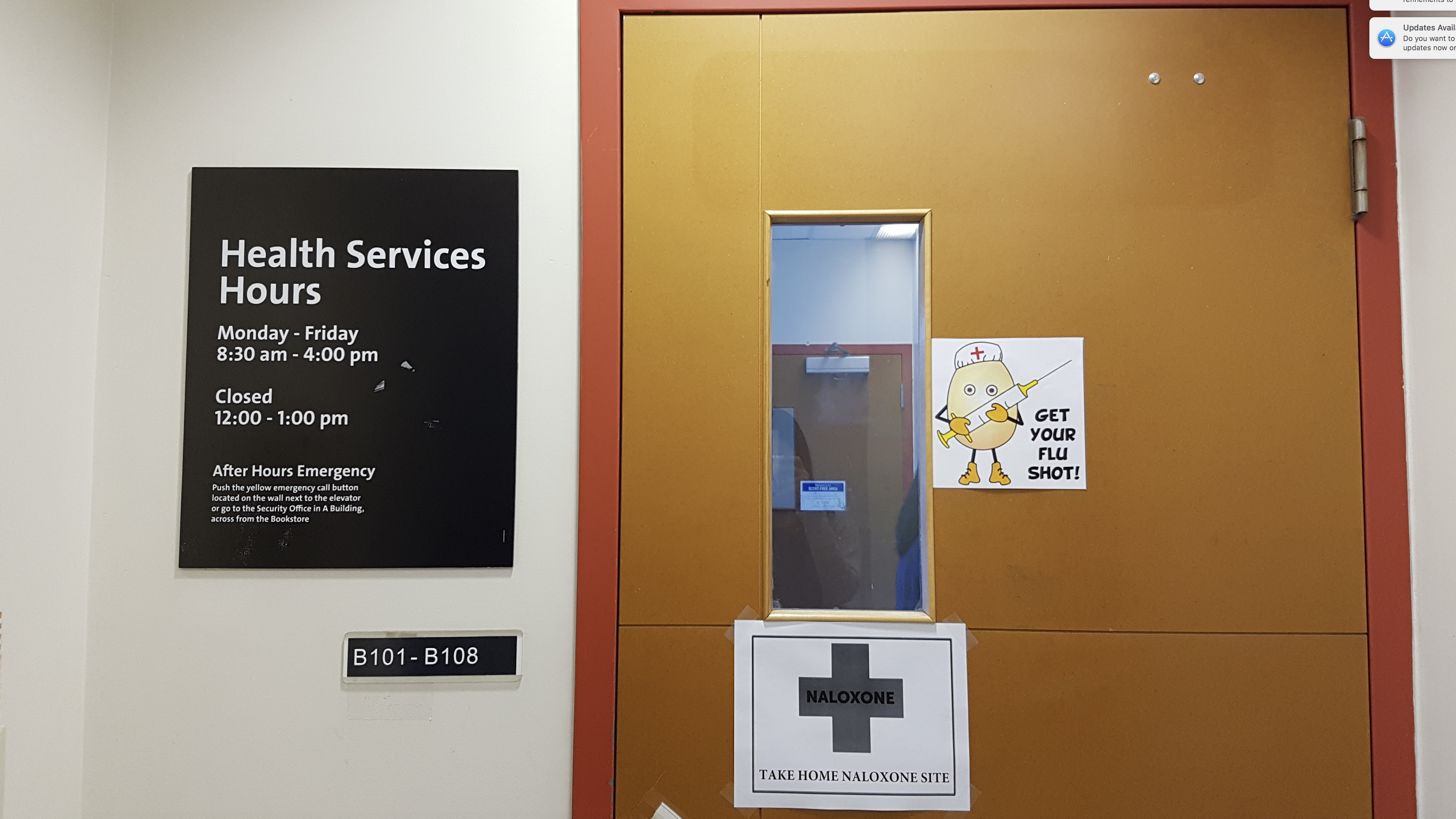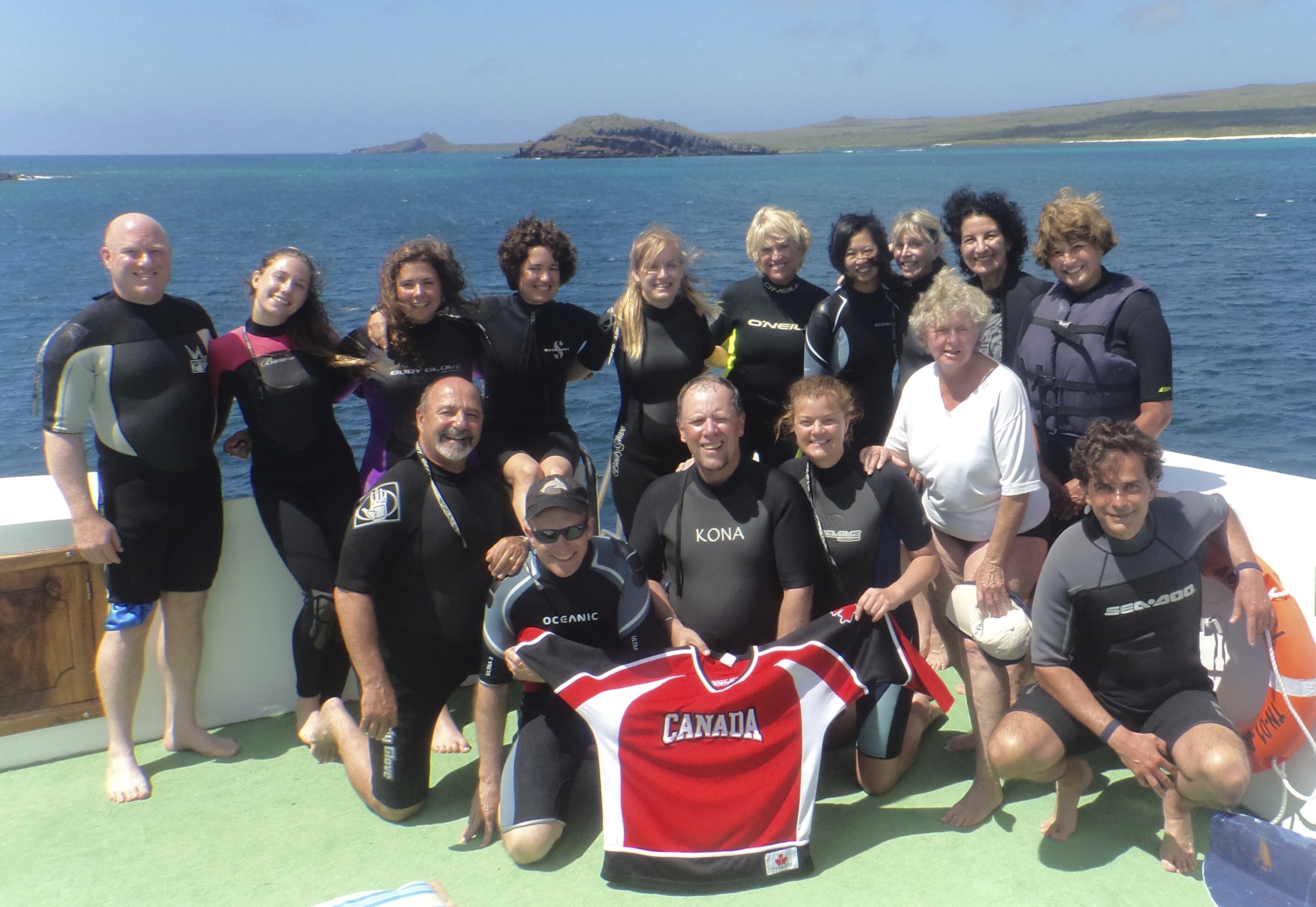
QAPA: Okanagan College case study
As Langara College begins our work on our Quality Assurance Process Audit (QAPA), it may be helpful to take a look at how QAPA has worked at other institutions with similar educational offerings. This case study is from Okanagan College (OC) who underwent QAPA on October 25 and 26, 2017.
Each QAPA review contains three areas of assessment: commendations, affirmations and recommendations. Commendations are areas where the institution has shown exemplary practice. Affirmations are areas where the institution has identified weaknesses and intends to correct them, and Recommendations are areas that have been identified as needing improvement. As a QAPA participant, OC received feedback in all three areas.
OC’s commendations included their excellent three-tiered program review policy/process; the college’s ongoing commitment to continuous improvement and quality assurance; and their active Program Advisory Committees.
OC’s affirmations were detailed. While the panel affirmed that Tier 3 (comprehensive) review reports are posted on OC’s intranet, they requested that OC post all Tier 1 (annual) and Tier 2 (follow-up) review reports to the website as well. The panel also called for consistency in program reviews and for the college to gain greater buy-in by in defining more consistent timelines for the self-study as well as the Dean’s reporting and accountability. The panel also affirmed that OC could support faculty to become more proficient in writing course and program-level learning outcomes.
Finally, there were several recommendations for OC. The panel noted a few inconsistencies between OC’s Program Review Policy and demonstrated practice. They recommended that OC ensure all programs undergo a Tier 3 review on a cyclical review schedule.
To support consistency and provide evidence of a formal follow-up component, the panel also recommended that OC consider implementing additional standardized tools and processes. These include the creation of a standardized report and action plan template (with clear objectives, expected costs, accountability for completion, and timelines) that link the Self-Study Report and External Review Report. Subsequent program review processes should include the action plan, with accompanying progress reports, as part of their supporting/background documentation.
There was also a focus on standardized program mapping. While OC programs generally have learning outcomes, it appears that program-level goals do not exist in all cases. The panel strongly recommended that OC implement a standardized program mapping process and template, demonstrating the link between program outcomes/goals to course learning outcomes. The panel further recommended that OC ensure that program mapping is in place prior to commencing any Tier 3 review process.
As part of their institutional self-study, OC provided a copy of a draft new program policy called the New Program Development Policy. The panel stressed the importance of proceeding with the formal adoption of such a program development policy, so this was included in the final recommendations.
Curious to know more about the OC process? You can read the full report here.
Sunita Wiebe
QAPA Project Director


